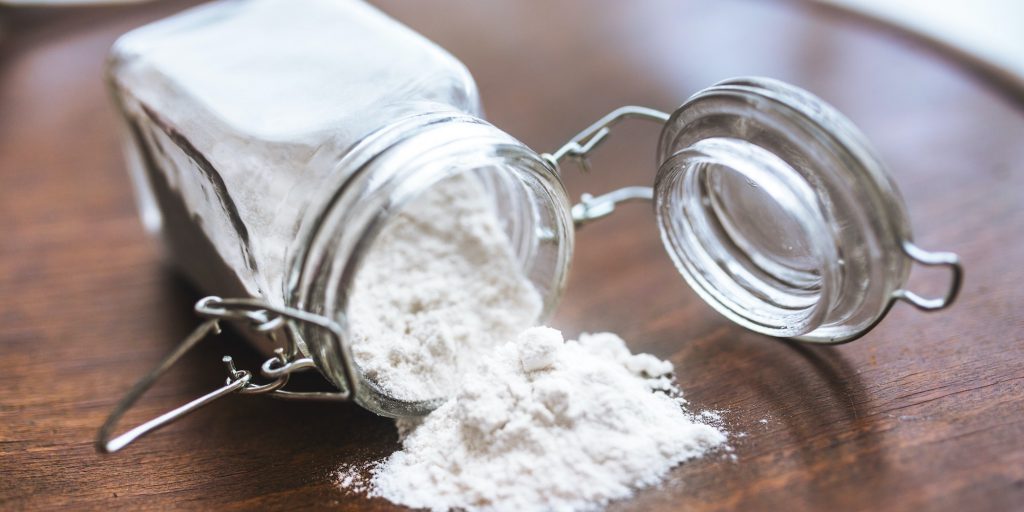Although the UK and US have many things in common, including language and cultural traditions, some things don’t directly translate from one country to another. Surprisingly, flour is one of those things. Many British transplants to the US have discovered some of their favorite baking recipes don’t turn out quite right.
If you’ve been racking your brain trying to figure out why your recipes don’t work in the US, even though you’re using the same ingredients you used in the UK, you’ve come to the right place. This article will explain the differences between the UK and US flour, so you can get back to enjoying your favorite baked goods no matter which side of the pond you find yourself on.
Protein Content
Protein doesn’t usually come to mind when we think about flour, but the protein content is the main difference between UK and US flour. When talking about the differences between UK flour and US flour, protein is key. American flour tends to have a higher protein content than flour in the UK. Although the difference is typically only a few percent, it’s enough to change the texture of your baked goods.
Gluten
Flour contains a combination of natural proteins called gluten, which helps dough rise and gives baked goods their shape and a chewy texture. Gluten gives essential properties to baked goods such as pastries, cookies, cakes, and bread. That’s why it’s challenging to bake without gluten.
Given gluten’s importance to the texture and form of baked goods, even a slight increase or decrease in the percentage of gluten in flour can alter your favorite recipes. Using flour with a sufficient amount of gluten produces a light bread with good volume; slices stay together instead of crumbling.
Cake flour is an example of soft wheat flour with less protein than bread flour. Baked goods made with flours with low gluten content have a tender, crumbly texture that is ideal for cakes.
What is all-purpose flour UK?
If you buy all-purpose flour to make your baked goods in the US, you’ll end up buying a different product than in the UK. All-purpose flour in the US is called plain flour (or all-purpose) in the UK. Although the names are similar, the flours are not. This is an important distinction when baking because as we pointed out above, different flours contain different amounts of protein.
What is plain flour in USA?
The all-purpose flour found in US supermarkets is often the equivalent of strong flour in the UK, containing around 12% protein. If you purchase all-purpose flour in the US expecting it to deliver the same texture as plain flour, your cakes won’t have the same texture as when you use plain flour from the UK.
Understand the Differences
Knowing the differences between flours in the US and UK can make all the difference to your baking. When shopping for flour in the US, be sure to carefully read the ingredients to ensure you’re getting the right flour for the baked goods you want to prepare.
These are the percentages you should look for based on your baking needs:
- Cake: 5-8% protein
- Bread: 12-13%
- Bagels, Pizza: 14-15%
- All-purpose: 9-12%
- Self-rising: 9-11%
- Pastry: 8 to 9%
Final Thoughts
You can make your favorite baked goods using American flour if you understand the labeling differences between the two countries. When shopping in the States, you should always prioritize the ingredients over the flour’s name on the package. All-purpose flour in the US and the UK produce entirely different results.
The easiest way to get the flour you need for your baked goods is by checking the percent of protein the flour contains. What you’re baking will determine what type of flour you should purchase. Now that you know the differences between UK and US flour, you’re a step closer to making the baked treats you used to make at home.
